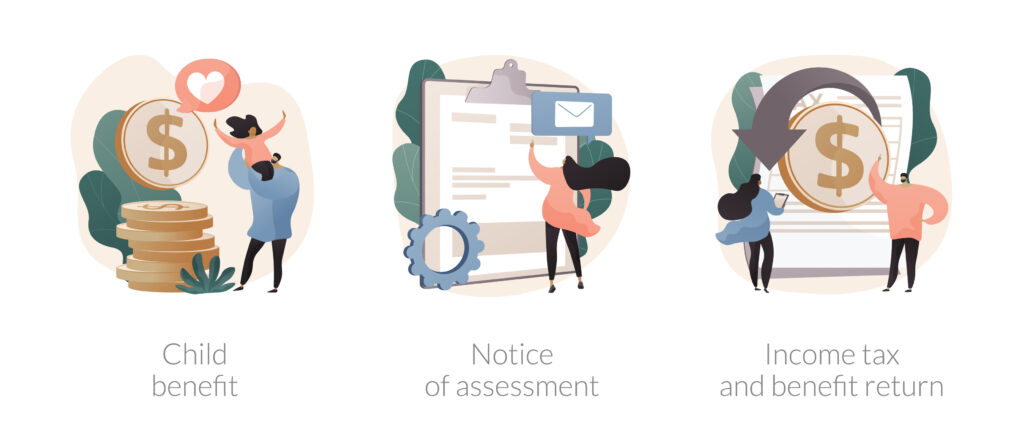Who Really Qualifies as a Dependent for Taxes?

How many dependents do you really have? Who can really be counted as a dependent? These are some of the most common questions that all taxpayers have. Can you count all of your children, live-in help, or perhaps a dog or other family pet? What about a friend who decides to crash at your place and basically mooch off you the entire year; can he or she be counted as a dependent?
As far as the IRS is concerned, there are two different kinds of dependents but there are dozens of scenarios that can fall under these two categories. There are also different rules for each type. The first type of dependent is classified as a qualifying child. The second type is a qualifying relative.
A qualifying child must be related to you, either by birth or adoption, or be a step or foster child. You must also provide more than half of the child’s total financial support and you can be the only person claiming that child on your return. To be a dependent the child must also be 18-years-old or younger, or if he or she is a full-time student, younger than 24-years-old.
The rules for being counted as a qualifying relative are much different. First, if your relative is a blood relative then he or she does not have to live with you in order to be counted. However, he or she must not provide more than half of his or her own support and that person cannot make more than $4000.
For a person who is not a blood relative to qualify as a dependent – like a lifelong friend who is down on his/her luck, or just plain lazy, or even your significant other – that person must live with you the entire year and their income must be less than $4,000 for the entire year. No one else can claim the person and you have to provide more than half of his or her financial support.
10 Things Every Taxpayer Needs to Know About the Pension Law
10 Things Every Taxpayer Needs to Know About the Pension Law The Pension Protection Act, signed into law on August 17, 2006, is designed to address the nation-wide problem of under-funded pension plans. The law penalizes noncompliant companies and encourages employee contributions, but many of the changes directly impact taxpayers of all ages, regardless of…
Planning for Retirement
Planning for Retirement Unfortunately, Social Security’s assets are being rapidly consumed and the number of workers supporting it is shrinking. For us, this means we will have to rely heavily on our personal savings when the time for retirement finally comes. While there are a number of options to help each of us create a…
Ten Tax Tips for Individuals Selling Their Home
Ten Tax Tips for Individuals Selling Their Home The Internal Revenue Service has some important information for those who have sold or are about to sell their home. If you have a gain from the sale of your main home, you may be able to exclude all or part of that gain from your income.…
Multitasking – Productivity Killer Or Time Saver?
Multitasking – Productivity Killer Or Time Saver? Multitasking can simply be defined as the ability to do more than one thing at a time. I often ask at my workshop if anyone in attendance prides themselves in being a great multitasker. This question is usually met with a few enthusiastic hands up. To be truthful,…




